18th March 2022 – Shabbat is almost here
And today we will listen to the accordeonist from Odessa, Ukraine, Mishka Ziganoff.
“With the sweet scent of spring in the air and barricades dotting the city, Ukraine’s port of Odessa, known as the pearl of the Black Sea, is clinging to peace, but bracing itself for a Russian attack.”
Then, please, spread the word.
| Share this with a friend, right from here |
About Mishka Ziganoff
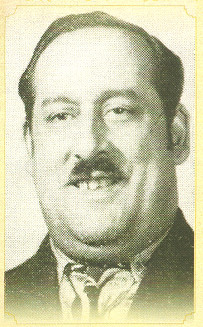 Mishka Ziganoff was born in Odessa on January 15th 1889, moved to the USA, where he opened a restaurant, and died in February 1967 in New York. It seems that he was not Jewish, but he played Jewish pieces and with many Jewish musicians and he spoke Yiddish fluently. With no doubt, he was a essential agent in the scene of the klezmer pioneers in the USA.
Mishka Ziganoff was born in Odessa on January 15th 1889, moved to the USA, where he opened a restaurant, and died in February 1967 in New York. It seems that he was not Jewish, but he played Jewish pieces and with many Jewish musicians and he spoke Yiddish fluently. With no doubt, he was a essential agent in the scene of the klezmer pioneers in the USA.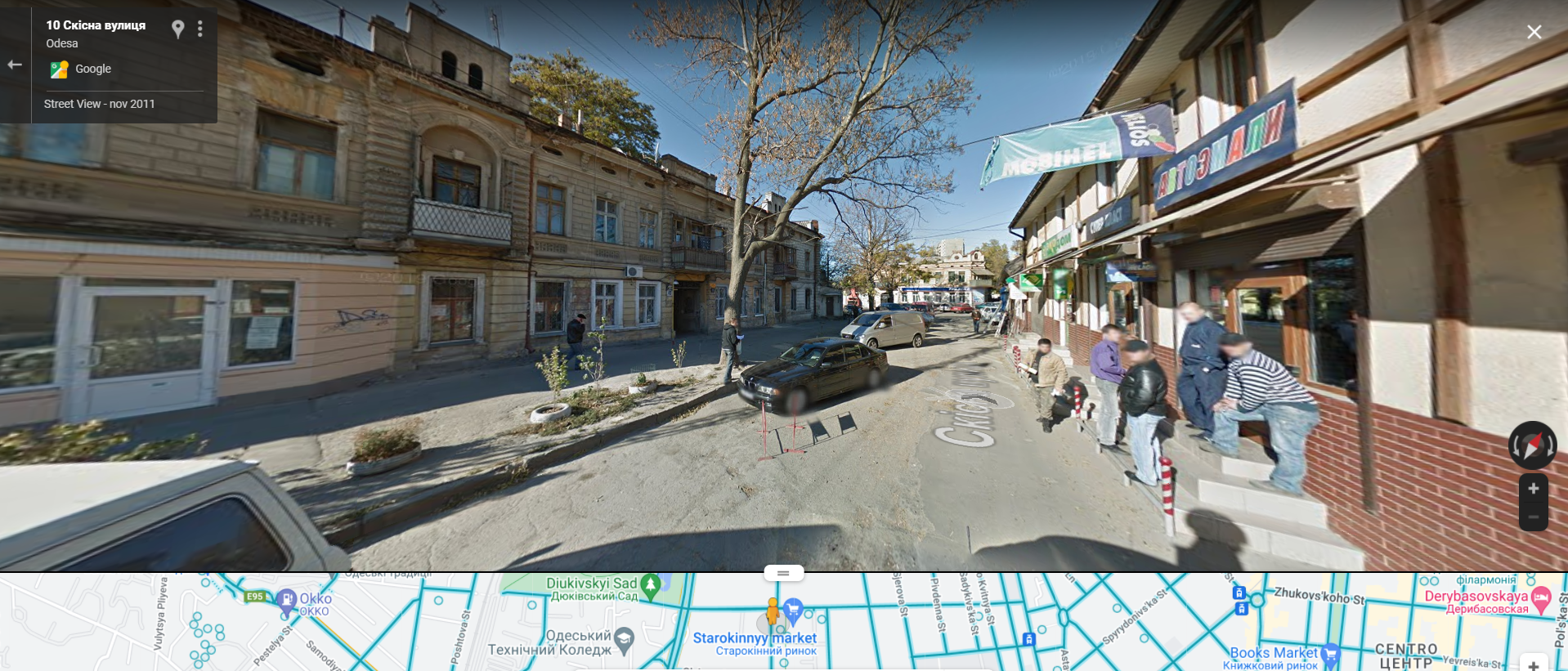
In the fascinating work The Klezmer Accordion: Old New Worlds (1899-2001), Joshua Horowitz, he puts light on his ancestry. He says that:
“Misha Demitro Tsiganoff (his surname means “Gypsy”, and he was commonly called by his nickname, Mishka)” was born on 15 January 1839, in Odessa, the son of Yanchie Demitro Tsiganoff and Vorgja Nickolama, and died in February of 1967. He lived in Brooklyn and Manhattan, was Christian and spoke fluent Yiddish. Any speculation as to his having been Jewish on the basis of his familiarity with the klezmer style should be seen in relation to the fact that he himself wrote, on his US social security application, that he was Gypsy when he was 47 years old. It is possible, as some claim, that he later converted to Judaism, though this has never been substantiated.
Tsiganoff began his recording career in New York in 1919 and made his last solo record ten years later in 1929. In the 1930s he was billed as “The Gypsy Accordionist” on Philadelphia radio WPEN.”
And about his style:
“He does use the vocal imitation ornaments typical to Jewish and Gypsy style, but above and beyond that, his approach features very audible bass lines which enter at asymmetric points of the melody, and a more hard-driving attack in the right hand. […] Tsiganoff’s instrument may have been a bayan, which was commonly played in Odessa, his birthplace.“
In Shpil: The Art of Playing Klezmer, edited by Yale Strom, Peter Stan, in the chapter Accordion, he explains that:
“One accordionist who was a great musician and probably played closest to what we consider the “true” klezmer accordion style was Mishka Tsiganoff, who was a Kalderash Roma born in Odessa, Ukraine. He immigrated to America sometime around World War I and lived in Manhattan and Brooklyn. He spoke fluent Yiddish […] and performed with some of the great klezmer and Yiddish vocalists during the 1920s and ’30s. Some of these artists were Molly Picon, David Medoff, Moishe Oysher, and Dave Tarras.”
In “The Accordion in the Americas: Klezmer, Polka, Tango, Zydeco, and More!” edited by Helena Simonett, Joshua Horowitz, explains curious fact about the records industry at that time:
“The various alternative spellings of Tsiganoff’s name include: Mikas Gigonu, Michal Cygan, Mishka Gyganoff, Miska Gzigany, M. Tsinganidis, Mishka Tzyganoff, M. Zigan, and Mishka Ziganoff. Names on the early 78 rpm discs were typically “ethnicized” to match the type of music being recorded. So the name Gigonu, for instance, would be used when Tsiganoff played Lithuanian music.”
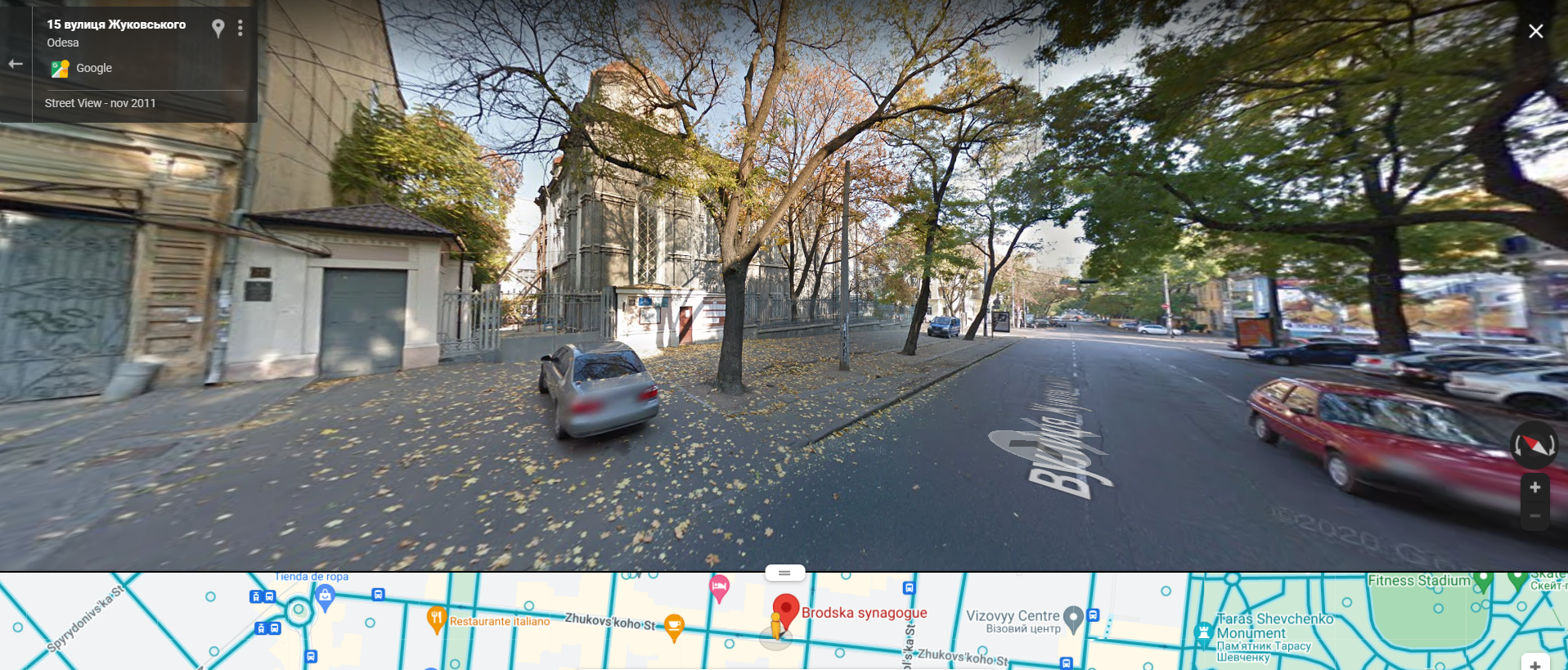
Before the outbreak of the war, the Jewish community in Odessa numbered 25,000. According to infobae, at least 5,000 have been evacuated to Moldova. Here is a piece from that report, translated from Spanish:
“The director of the Jewish Museum of Odessa, Zvi Hirsh, opens the doors of the small hidden space where he keeps relics of the Holocaust and the migrations of Jews throughout the 20th century.
Twenty-five years he has lived in this coastal city, the so-called pearl of the Black Sea, where “nobody” has looked at him badly on the streets or “insulted” him for being Jewish, he tells Efe. “What I understand is that Putin is lying,” he says of denazification and points out that “it doesn’t make sense” to invade Ukraine.”
In October 1941, a massacre of Jews took place in Odessa, killing 22,000. You can find out more directly from the sole survivor, in this article in Ynet News.
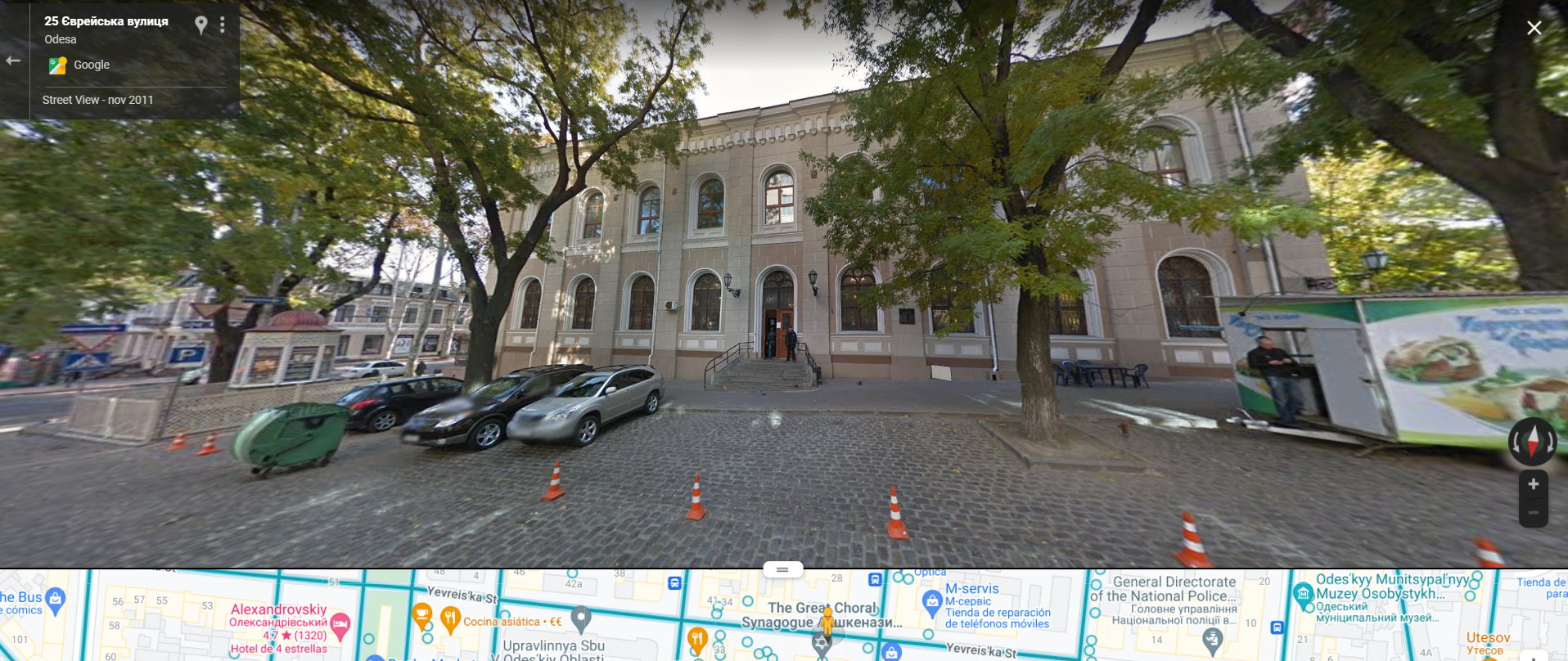
As we saw last week, there are organisations from Israel encouraging and assisting Ukrainian Jews to leave the country. However, the outflow of Ukrainian Jews who want to scape to Israel, seems to be proving to be a major administrative and logistical challenge for the country, IsraelHayom reports today, with sources from the Jewish Agency.
The Chabad synagogue is very close to the headquarters of the Jewish Community and it is in use. The picture is from Google Maps Street View too.
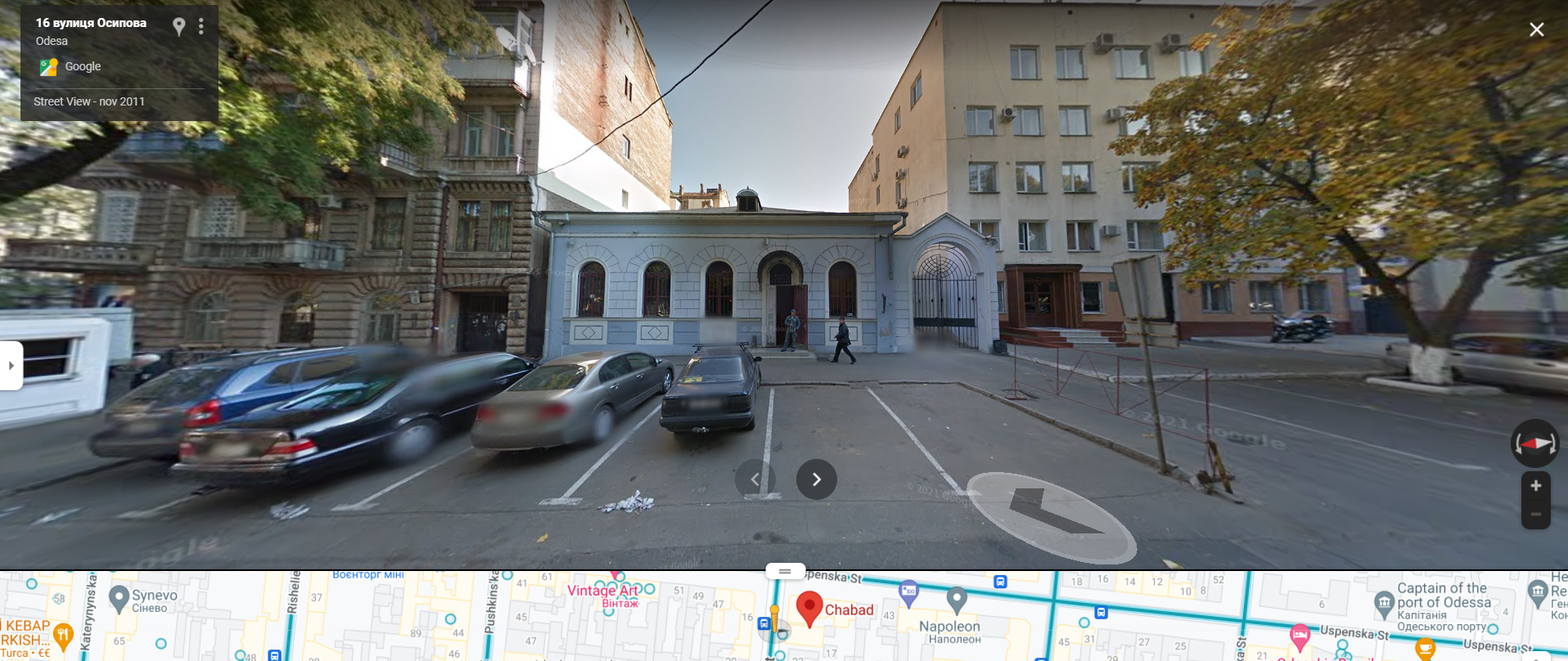
About the piece Koilen
Arnols Rypens, on his very interesting website Originals.be, explains about the song “Koilen” that:
“Means Coals in Yiddish. Hear it and immediately recognize the first lines of Bella Ciao, the famous anthem of Italian partizans in their fight against fascism during WW II. 1919 of course came almost one WW earlier, which doesn’t necessarily means Bella Ciao originated in Russia. While the song was already popular among female workers in the rice fields of Padua in the early 1900s. Also, as there were at least as many Italian immigrants to the US as Russian Jews, it may just as well be the other way around: that the Jews were inspired by the Italian melody. Third theory: a Romanian origin for the melody.”
And he includes an interesting chronology of recordings.
But other sources assume that “Bella, Ciao” comes from “Koilen”. For instance, this one by Fausto Giovannardi. His research is nice but I don’t agree. He says that:
“The genesis of Bella, Ciao is not yet known. At least it was not until now, because in the story that follows you will find the origin of music. is a story that starts from Odessa on the Black Sea at the beginning of the last century, the time of the workers’ revolt and the battleship Potemkin.”
This must be just a poetic licence because he does not elaborate on this relationship at all, he doesn’t explain the relationship between “Koilen” and the workers’ revolt of the Potemkin.
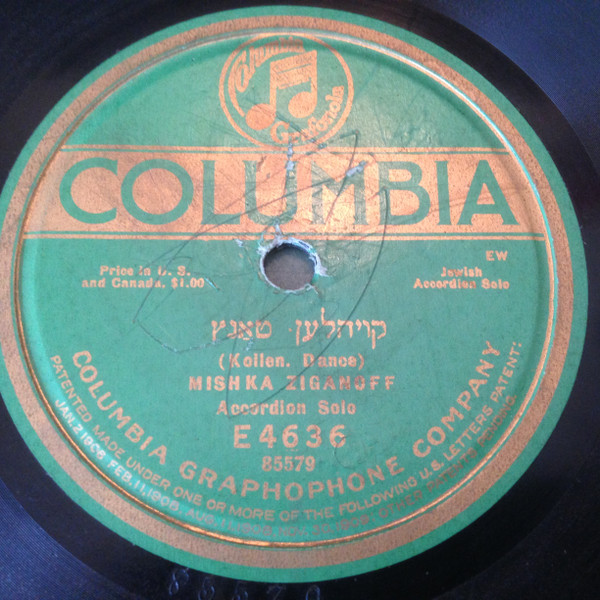 Many other people on the Internet talk about this origin of “Bela, Ciao”, but I don’t think any of them prove it, ones are copying the others. Honestly, I have a bit of a thing for the song “Bela, Ciao” because with the TV series La Casa de Papel (Money Heist in the English translation) people now think it’s a real discovery… I used to like it.
Many other people on the Internet talk about this origin of “Bela, Ciao”, but I don’t think any of them prove it, ones are copying the others. Honestly, I have a bit of a thing for the song “Bela, Ciao” because with the TV series La Casa de Papel (Money Heist in the English translation) people now think it’s a real discovery… I used to like it.
Tziganoff recorded Koilen in 1919 for Columbia.
There is another recording of this melody, from the same year, by Abe Schwartz, available here. And another one, recorded in 1922 with lyrics in Yiddish, sung by Morris Goldstein and with the orchestra of Abe Shwartz, available here. The website of the Discography of American Historical Recordings has a file about it. The Library of the Congress has a file too, with several scanned documents.
The lyrics in Yiddish and in English are available here. If you wonder what is that of “Tipperary”, it is about this song, a British music hall song. The rest of the song can be understood.
